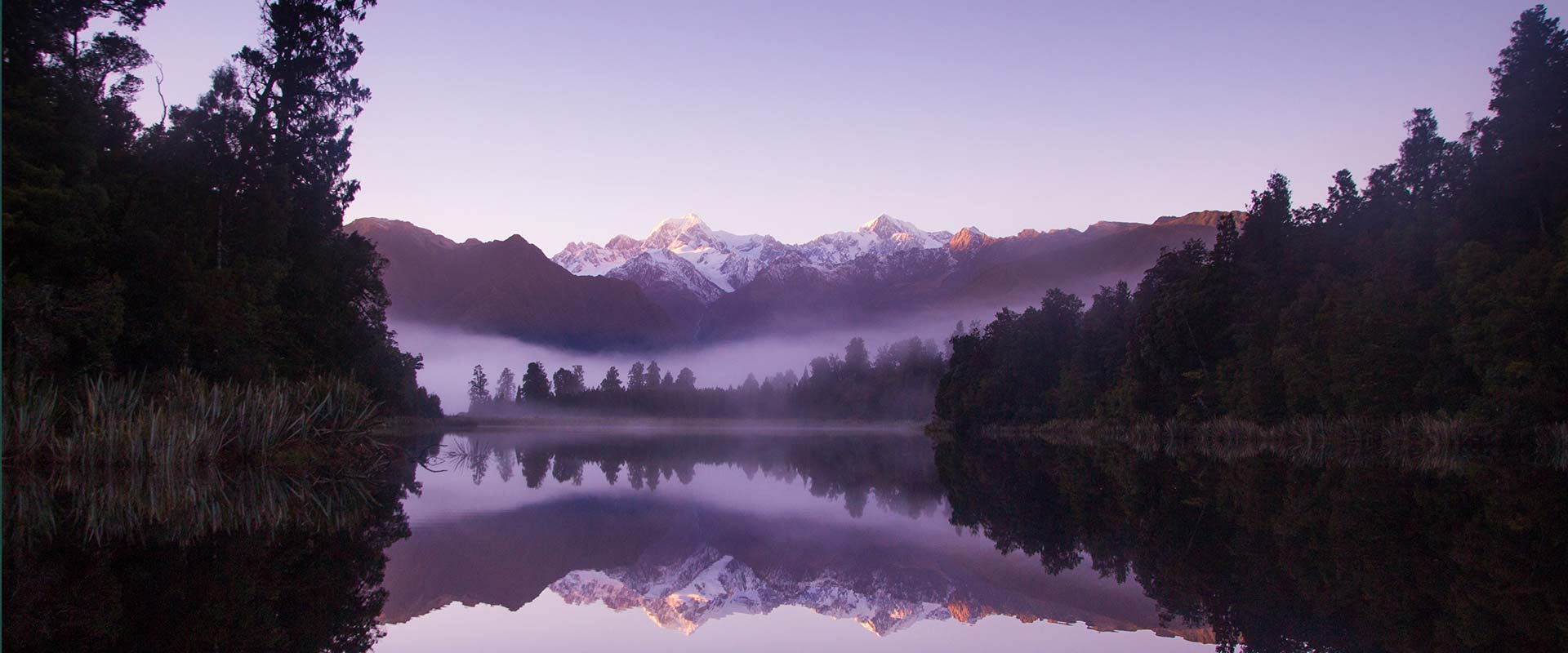Measurement of neon in groundwaters for quantification of denitrification in aquifers
October 2018
Nitrate is the most pervasive contaminant in New Zealand’s groundwaters. Thus, understanding and managing nitrogen loads through New Zealand’s aquifers is vital for maintaining the quality of groundwaters and connected surface waters.
Denitrification is a natural process that is mediated by the metabolism of aquifer microorganisms and by which dissolved nitrate is reduced eventually to nitrogen gas. However, the extent of denitrification occurring within New Zealand’s groundwater system is largely unknown, because there has historically been no straightforward, reliable and accurate technique to measure it.
Calculation of the concentration of excess nitrogen in groundwaters is a promising technique to quantify the amounts of denitrification occurring in the groundwater system. The concentration of dissolved atmospheric nitrogen, according to the recharge conditions of the water, can be established by the measurement of two noble gases, such as neon and argon, which are part of the atmosphere. This enables differentiating the excess nitrogen gas produced via denitrification reactions from atmospherically derived dissolved nitrogen gas.
This report details the development, validation and application of an analytical method to simultaneously measure dissolved neon, argon and nitrogen in groundwater. The method is compared to other denitrification proxies across three different regions in New Zealand, so that the potential for applying the newly developed procedure for quantification of excess N2 in groundwater can be assessed.
GNS Science report 2018/34
 View Our Strategy Document 2019 – 2024
View Our Strategy Document 2019 – 2024



